Harnessing Peer Modeling to Enhance Social and Communication Skills in Autism Therapy
Understanding Peer Modeling Within ABA Therapy
Applied Behavior Analysis (ABA) therapy is a cornerstone intervention for individuals with autism, aiming to develop critical life skills through personalized approaches. Among its many techniques, peer modeling stands out as a dynamic method leveraging the power of social learning, where individuals with autism observe and imitate their typically developing peers. This article explores how peer modeling fits within the broader ABA framework, its role in skill development, and strategies to maximize its effectiveness in autism therapy.
What is ABA Therapy and Its Role in Autism Support?
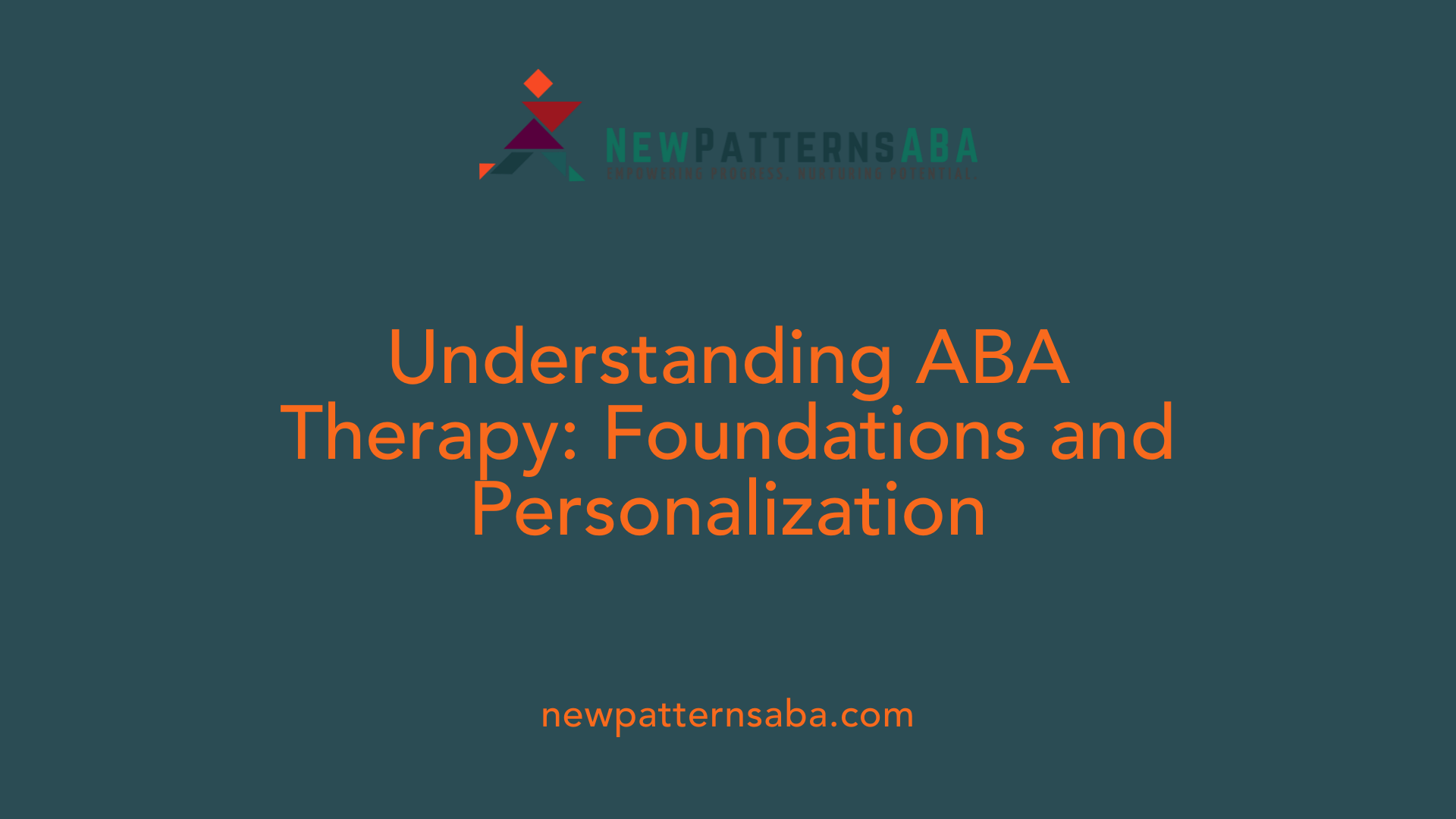
Understanding Applied Behavior Analysis (ABA) Therapy
Applied Behavior Analysis (ABA) therapy is a scientifically based method focused on learning and behavior principles. It is widely used to support individuals with autism by helping them acquire vital skills needed for daily living and social interaction.
Individualized and Assessment-Driven Approach
ABA therapy is highly customized to meet the unique needs of each child. It begins with a thorough assessment of behaviors through the ABC model—looking at antecedents, behaviors, and consequences—to create a personalized intervention plan. This tailored approach ensures that therapy targets what is most relevant for the child’s growth.
Focus on Reinforcing Positive Behaviors
The core of ABA therapy revolves around increasing desired behaviors and reducing challenging ones. Techniques like positive reinforcement encourage children to repeat useful skills, while structured teaching methods such as Discrete Trial Training (DTT) and Natural Environment Teaching (NET) are commonly used to build on social, communication, and daily living skills.
Role of Trained Professionals
Qualified practitioners, such as Board Certified Behavior Analysts (BCBAs), design and oversee ABA programs to ensure effective implementation. These professionals continuously monitor progress and adjust strategies to maximize benefits, offering ongoing support to children and their families.
This combination of evidence-based assessment, individualized planning, and skilled delivery makes ABA therapy a powerful tool in helping children with autism improve their communication, socialization, and independence.
Who Provides ABA Therapy and Their Collaborative Role
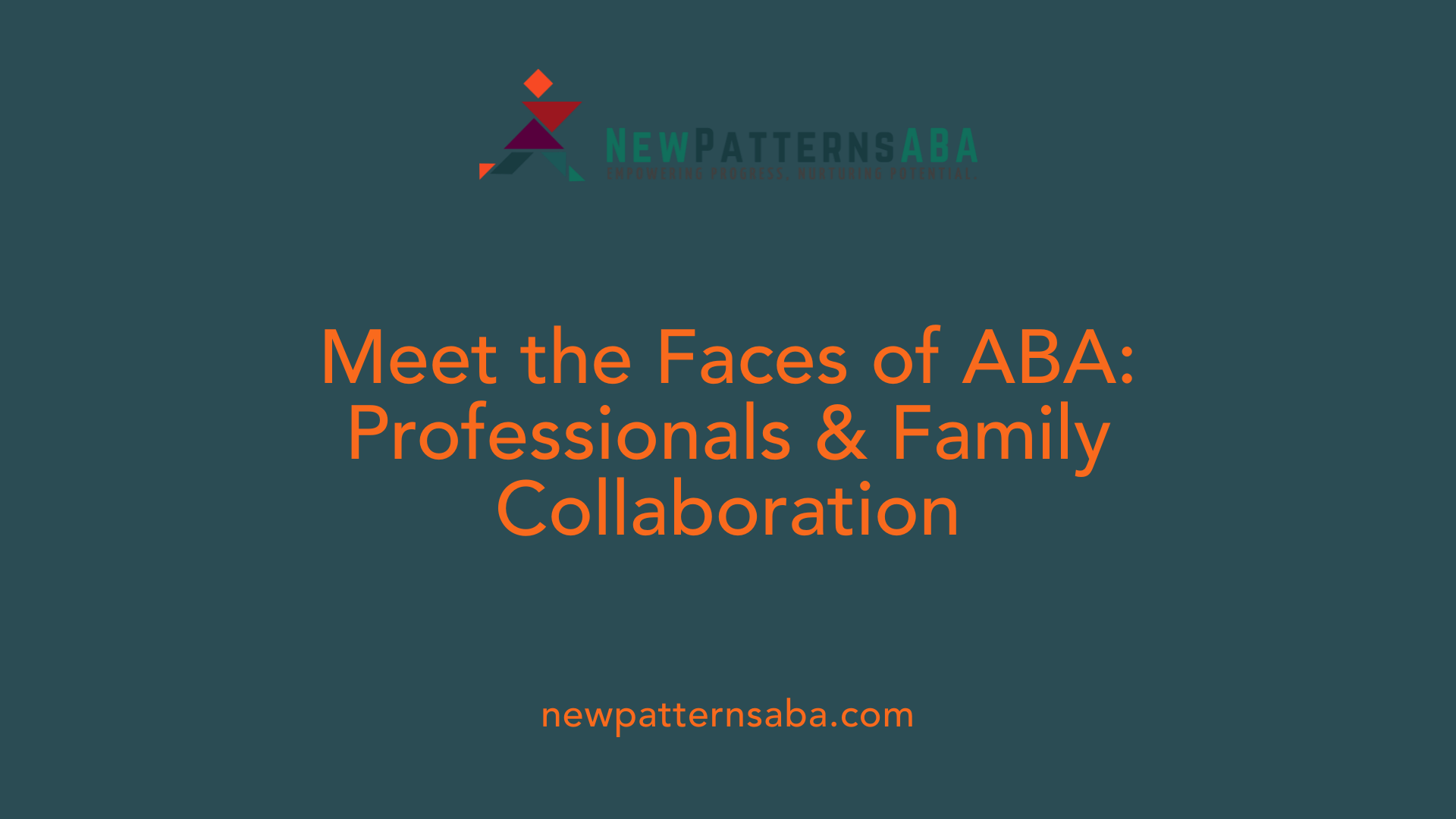
Who Typically Provides ABA Therapy for Individuals with Autism?
ABA therapy is delivered by a team of trained professionals dedicated to supporting the unique needs of each child. Board Certified Behavior Analysts (BCBAs) play a central role by designing, overseeing, and adjusting individualized treatment plans.
Registered Behavior Technicians (RBTs) or similarly trained behavior therapists carry out the day-to-day implementation of these plans under BCBA supervision. These practitioners often operate through specialized clinics or agencies committed to autism therapy.
Families form a crucial part of the team. Parents and caregivers participate actively by reinforcing learned skills during daily routines and ensuring consistency outside therapy sessions. This collaboration helps generalize behaviors to real-world settings.
Some teams incorporate other specialized providers depending on the child's needs, such as speech therapists or occupational therapists, further enriching the support network.
The collaborative approach ensures therapy is comprehensive, consistent, and tailored. By working together, BCBAs, therapists, families, and other specialists create an environment where the child can thrive socially, behaviorally, and communicatively.
Primary Goals of ABA Therapy with Emphasis on Social Skill Development

What are the primary goals of ABA therapy for autistic individuals?
ABA therapy aims to promote meaningful behavior changes tailored to each child's unique needs. It focuses on improving communication, social skills, and daily living abilities through personalized assessments and interventions.
Communication and language improvement
A major goal is enhancing both expressive and receptive language skills. This includes teaching children to request items, understand instructions, and use appropriate verbal and non-verbal cues. ABA incorporates expanding vocabulary and alternative communication methods like PECS and AAC devices.
Social interaction and emotional intelligence
ABA therapy nurtures social skills such as eye contact, joint attention, and turn-taking. It also emphasizes emotional understanding by teaching children to recognize, interpret, and respond appropriately to emotions, fostering empathy and emotional intelligence.
Behavioral management and independence
Reducing challenging behaviors is achieved through positive reinforcement and evidence-based strategies. ABA supports independence by developing daily routines, cooperative play, group participation, and community-related skills.
Specific social skills targeted including eye contact, turn-taking, and empathy
ABA targets foundational social skills, including maintaining eye contact, sharing turns in conversations and activities, participating in reciprocal interactions, and developing empathy through understanding emotions and appropriate social responses.
Overall, ABA therapy's goals are to enhance a child's development and quality of life by using individualized, science-backed approaches to foster communication, social connections, independence, and positive behavior.
The Role of Modeling in ABA Therapy and Types Utilized
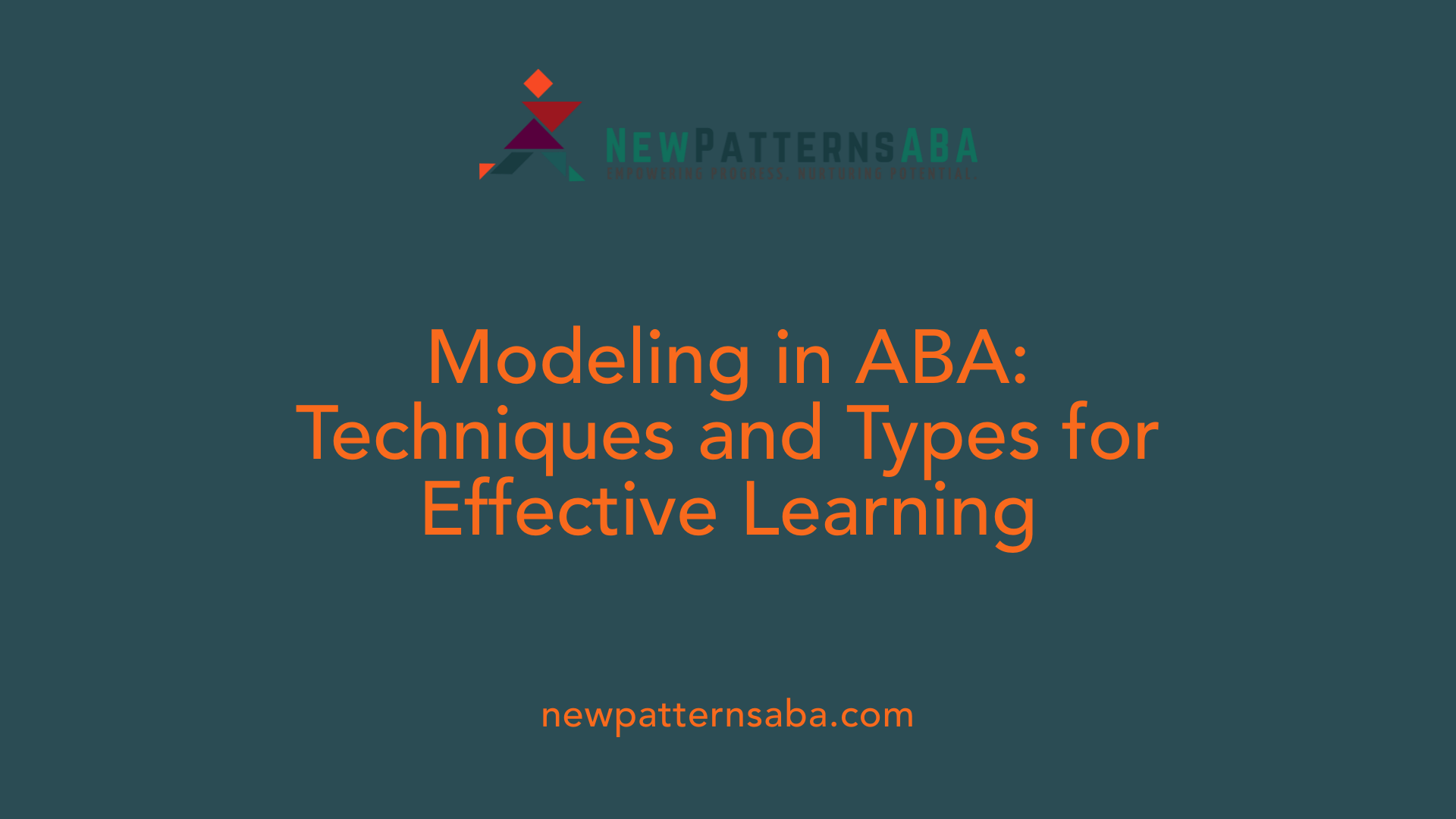
What is Modeling and Why is it Important in ABA Therapy?
Modeling is a foundational technique in Applied Behavior Analysis (ABA) where children learn new skills by observing and imitating others. It provides clear, observable examples of desired behaviors, making complex skills easier to understand and acquire. This method supports development in areas such as social interactions, communication, and daily routines, helping children with autism build confidence and independence.
What Types of Modeling Are Used in ABA Therapy?
There are four main types of modeling used, each tailored to meet different learning styles and goals:
- Live Modeling: Demonstrating behaviors in real-time, such as showing a child how to use utensils during a meal.
- Video Modeling: Using recorded videos of someone performing skills, which can be replayed multiple times to reinforce learning. For example, a video showing how to tie shoelaces.
- Peer Modeling: Involving typically developing peers to demonstrate social behaviors, encouraging learning through natural interaction.
- Self-Modeling: Having individuals watch themselves successfully performing skills via recorded footage, helping to boost self-confidence.
How Does Modeling Support Skill Acquisition and Behavior Change?
Modeling helps children learn a wide array of skills, from verbal communication to social problem-solving. It simplifies instruction by providing visual examples rather than relying solely on verbal directions, which can be challenging for some children with autism. By observing models, children can imitate appropriate behaviors, leading to behavior reduction in challenging areas and improvements in social engagement.
How is Modeling Effectively Implemented in ABA Therapy?
To maximize the effectiveness of modeling, therapists typically follow structured steps:
- Identify the target behavior to be taught or modified.
- Demonstrate the behavior clearly through one of the modeling types.
- Prompt the child to imitate the behavior.
- Reinforce successful imitation to encourage repetition.
- Monitor progress regularly.
- Generalize the skills by practicing across different environments and situations.
Following these steps helps ensure that modeling is engaging, appropriately tailored, and successful in building lasting skills for the child.
Peer Modeling: Mechanisms and Benefits for Children with Autism

What is Peer Modeling and Why Is It Used?
Peer modeling is an ABA technique where typically developing children demonstrate social behaviors to children with autism. This approach provides clear, relatable examples of how to interact socially, helping children with autism learn by observation.
How Does Involving Typically Developing Peers Enhance Social Learning?
Typically developing peers serve as natural social role models during therapy sessions. Their participation offers authentic scenarios for children with autism to observe and practice social interactions, making learning engaging and contextually meaningful.
How Does Peer Modeling Motivate and Facilitate Social Interaction?
Children with autism are often motivated to engage when learning alongside their peers. Peer modeling encourages imitation of positive behaviors and fosters motivation by promoting a sense of belonging and acceptance within social groups.
What Social Behaviors Are Taught Through Peer Modeling?
Peer modeling effectively teaches social skills such as sharing, taking turns, initiating conversations, cooperative play, and responding appropriately during interactions. For example, a peer may demonstrate how to share toys or participate in group games, offering concrete examples for children with autism to emulate.
Video Modeling and Its Complementary Role in Enhancing Peer Modeling
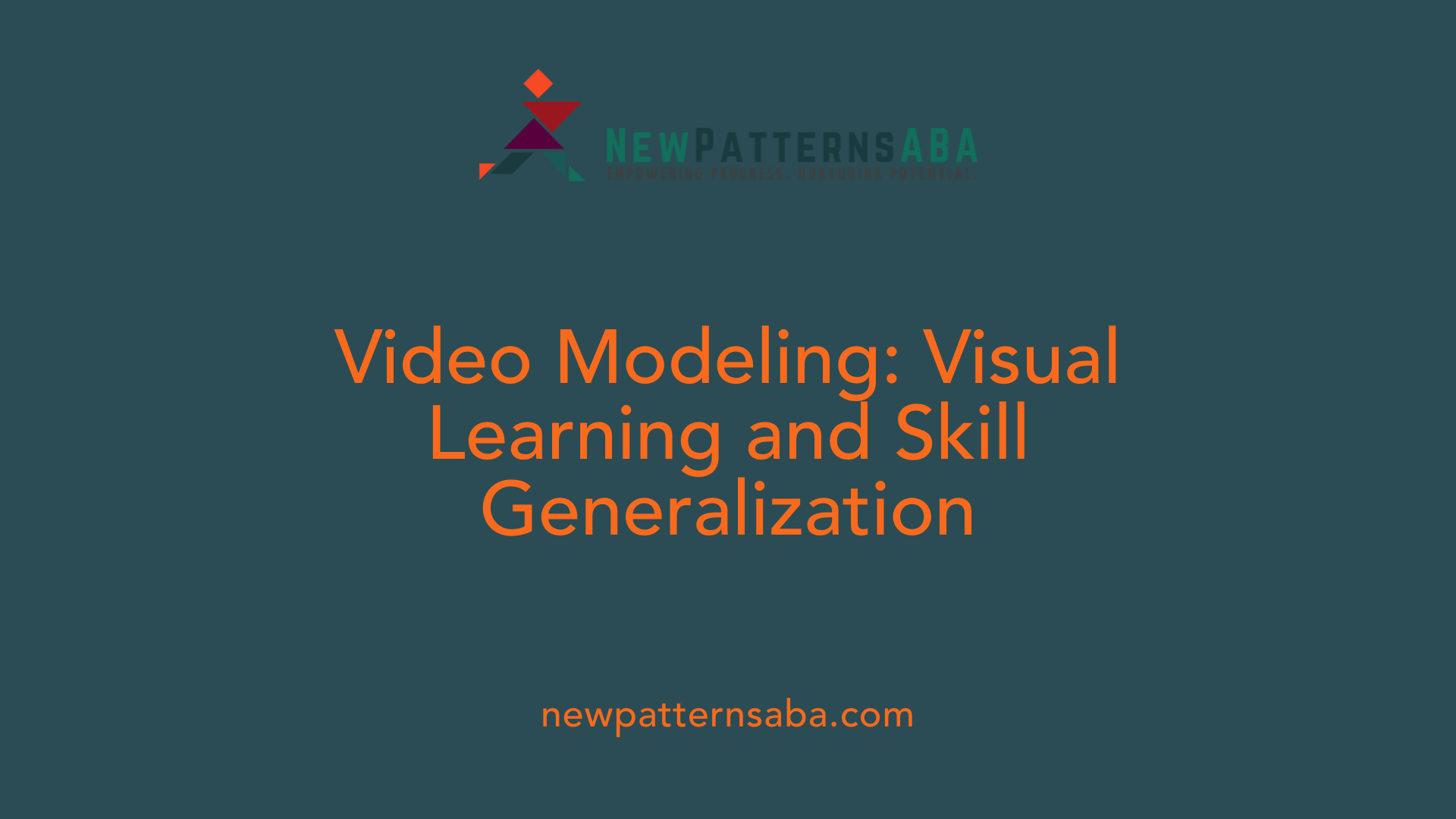
How Is Video Modeling Used in ABA Therapy?
Video modeling in ABA therapy involves recording demonstrations of desired behaviors or skills and having individuals watch these videos to learn. It is especially effective for teaching social skills, daily living routines, and other activities by providing clear visual examples for children with autism to imitate.
How Does Video Modeling Provide Visual Demonstrations?
This technique offers learners multiple opportunities to view and review behaviors through engaging videos featuring familiar characters and realistic scenarios. Watching these visual models helps simplify complex behaviors more effectively than verbal instructions alone.
What Are the Benefits of Video Modeling for Skill Retention and Generalization?
Video modeling enhances skill retention because learners can repeatedly watch the videos, fostering better mastery. It also supports generalization by showing varied contexts where skills apply, helping children transfer learned behaviors across settings.
How Does Video Modeling Integrate with Peer Modeling and Scripting?
Video modeling complements peer modeling by allowing children to observe same-age peers performing social behaviors, increasing motivation and understanding. When combined with scripting—verbal or written cues guiding behavior—video modeling addresses both physical actions and speech, strengthening overall learning outcomes in ABA therapy.
Measuring Effectiveness and Overcoming Challenges in Peer Modeling
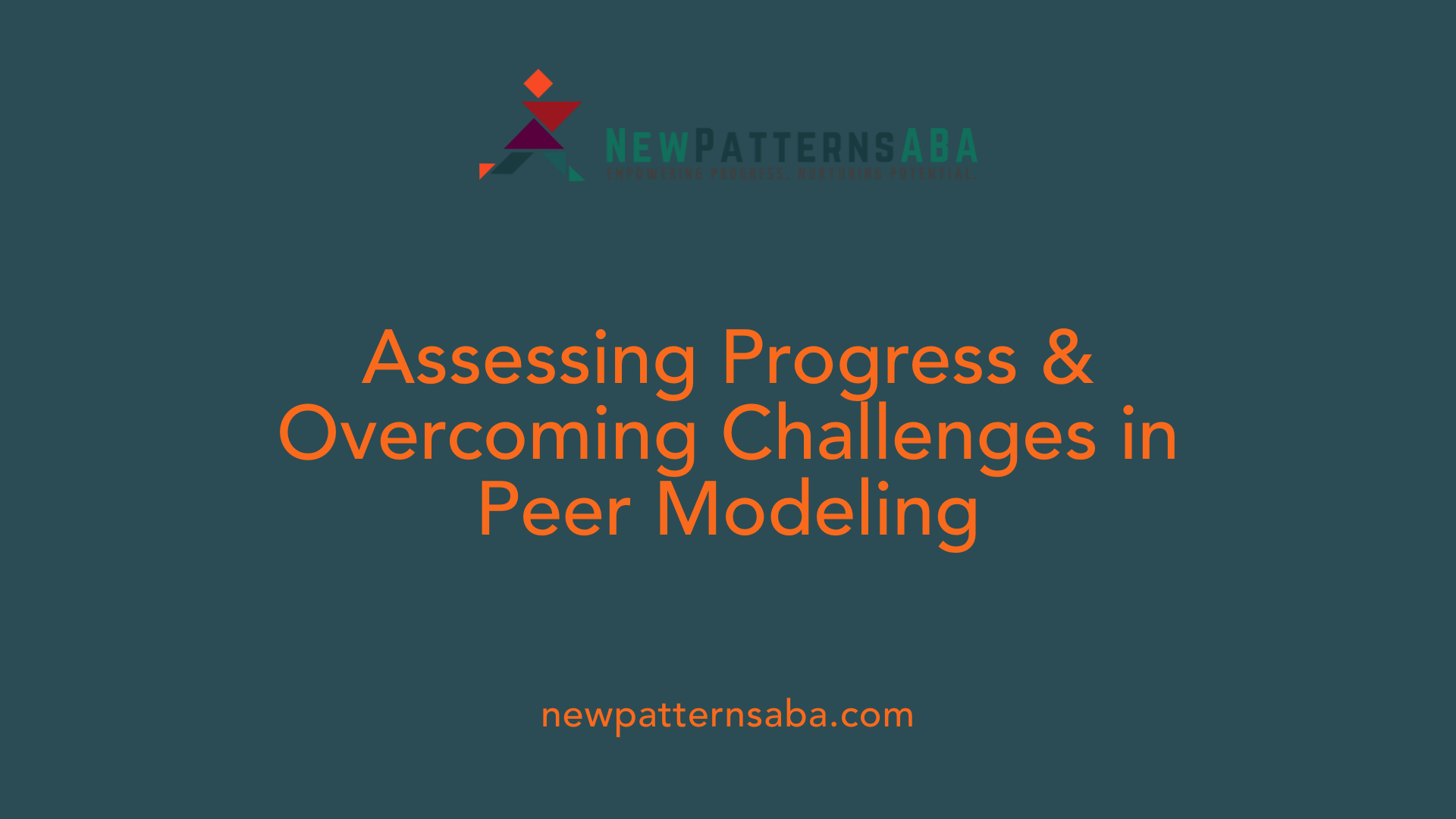
How is the effectiveness of ABA therapy measured in individuals with autism?
Effectiveness is measured through systematic data collection focusing on observable behavior changes over time. Therapists track key skills like communication improvements and social interaction enhancements by recording frequency, duration, and quality of specific target behaviors.
Regular graphical analysis of this data helps professionals identify progress and make necessary adjustments, ensuring therapy remains tailored to the child's evolving needs. Reports from parents and caregiver observations also support these evaluations, lending a broader view of real-life skill acquisition.
Common challenges such as engagement and generalization
Engagement issues can arise if the child finds modeling sessions uninteresting or too repetitive. Generalization—the ability to transfer skills learned during peer modeling across different settings—can also present difficulties. Children may struggle to apply behaviors appropriately outside therapy environments.
Strategies to address modeling difficulties
To combat engagement problems, using peers that the child relates to and diversifying modeling formats—such as mixing live and video modeling—can help maintain interest. Practicing modeled behaviors across multiple contexts and settings supports generalization. Fading prompts gradually encourages independent performance.
Importance of reinforcement and practice across settings
Consistent positive reinforcement following successful peer interactions boosts motivation and confidence. Encouraging practice during school, home, and community activities further consolidates learned skills. This comprehensive approach maximizes the therapeutic benefits of peer-mediated instruction within ABA, enabling children to better integrate social behaviors into their daily lives.
Conclusion: The Transformative Power of Peer Modeling in Autism Therapy
Peer modeling is a pivotal element within ABA therapy that harnesses the social motivation and learning potential of peers to foster essential skills in children with autism. When combined with other evidence-based ABA strategies like video modeling and scripting, peer modeling not only enhances social competence but also builds confidence, independence, and emotional understanding. Critical to success is a collaborative, individualized approach with consistent data-driven evaluation to ensure meaningful progress. As research and practice evolve, peer modeling continues to be a promising avenue to empower individuals with autism to thrive socially and functionally in everyday life.
References
- ABA Therapy for Enhancing Social Skills in Children with Autism
- How Does Modeling Work in ABA Therapy?
- Modeling in ABA Therapy: Examples and Techniques ...
- The Benefits of Video Modeling in ABA Therapy
- Autism Services New York City
- Applied Behavior Analysis (ABA)
- ABA Therapy Goals: 25 Practical Examples & Timelines
- Applied Behavior Analysis (ABA)
- Applied Behavior Analysis (ABA)
- Applied Behavior Analysis (ABA)






